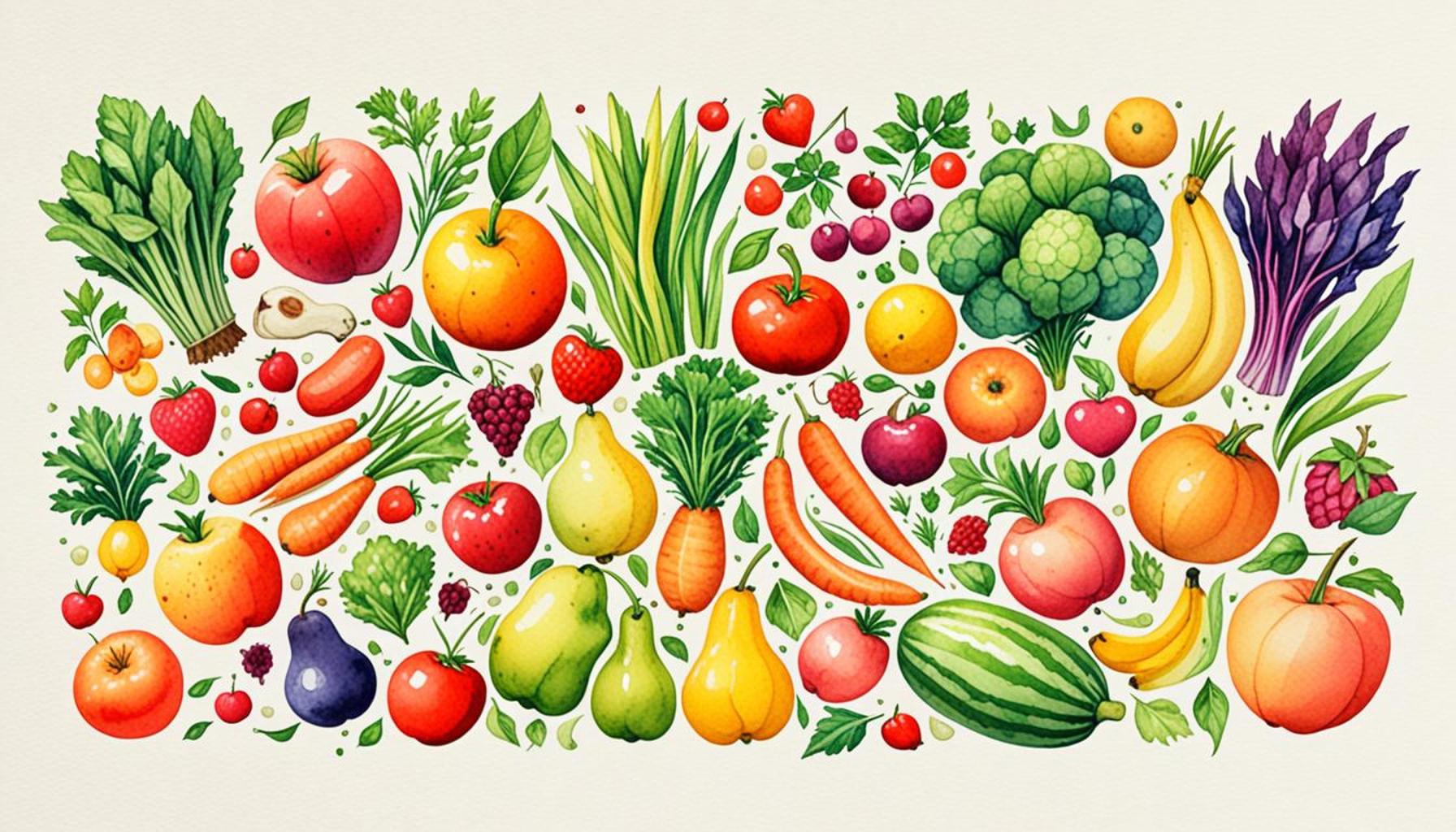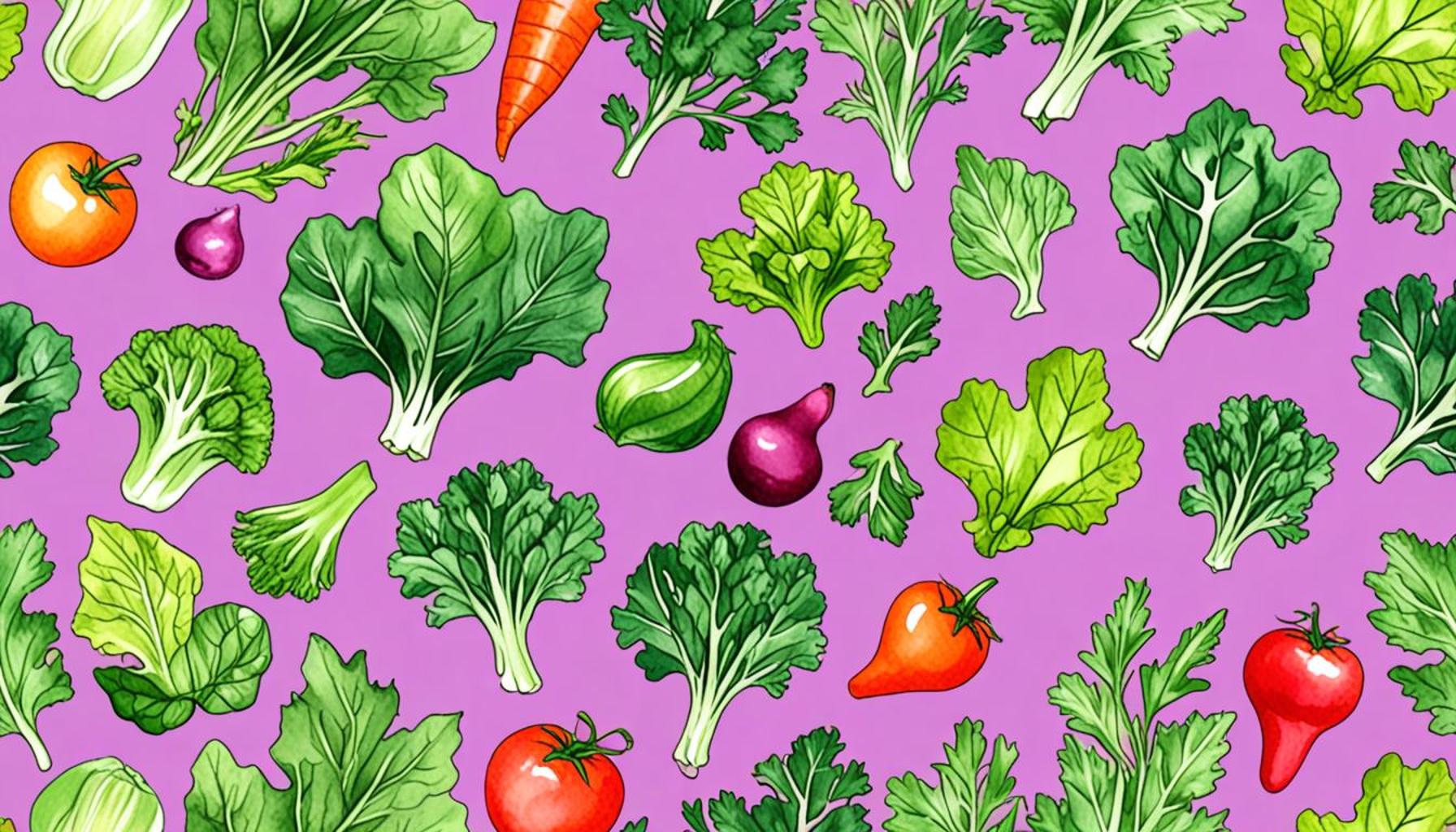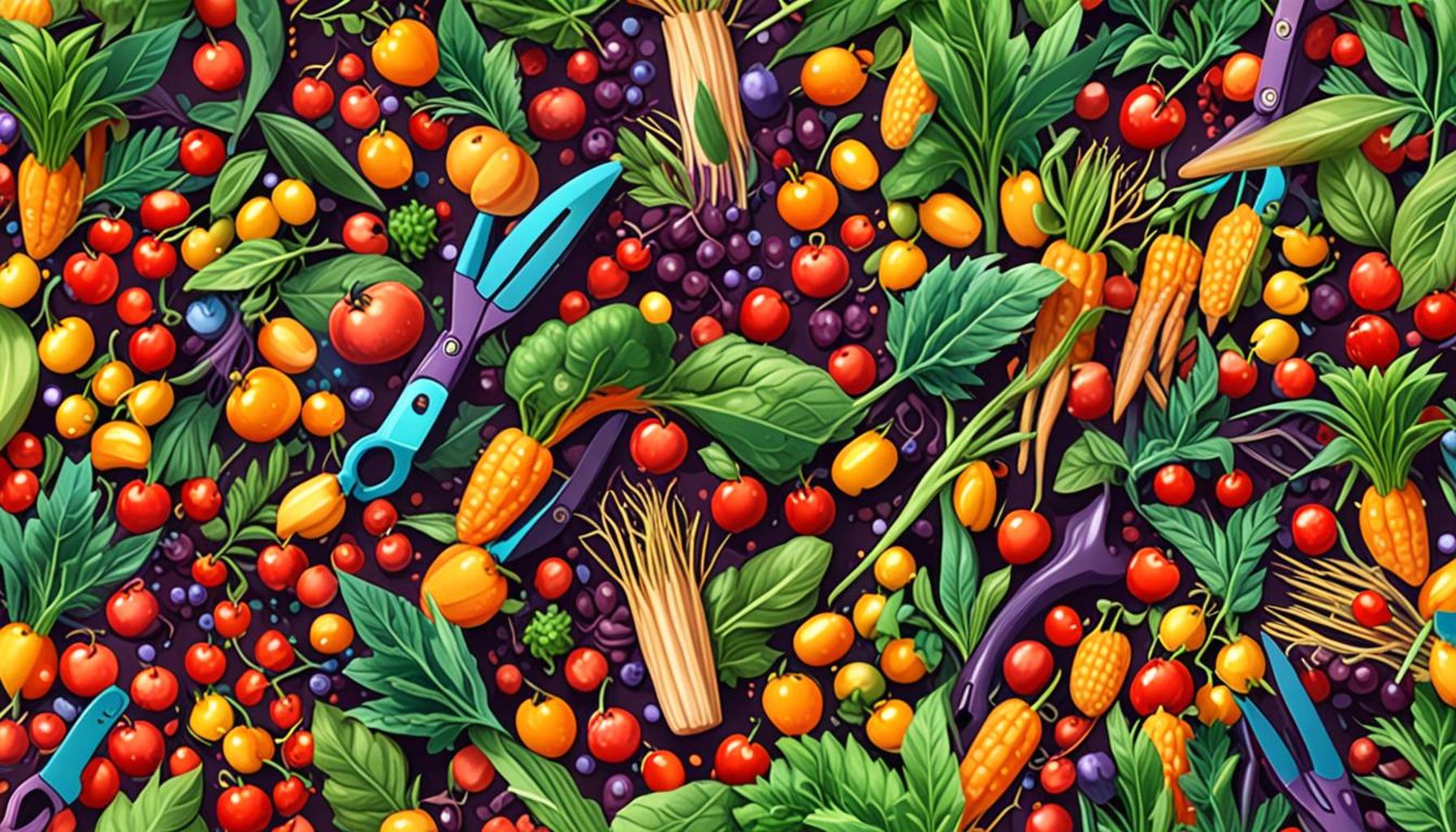Storage and Preservation of Fruits: What You Need to Know After Harvesting
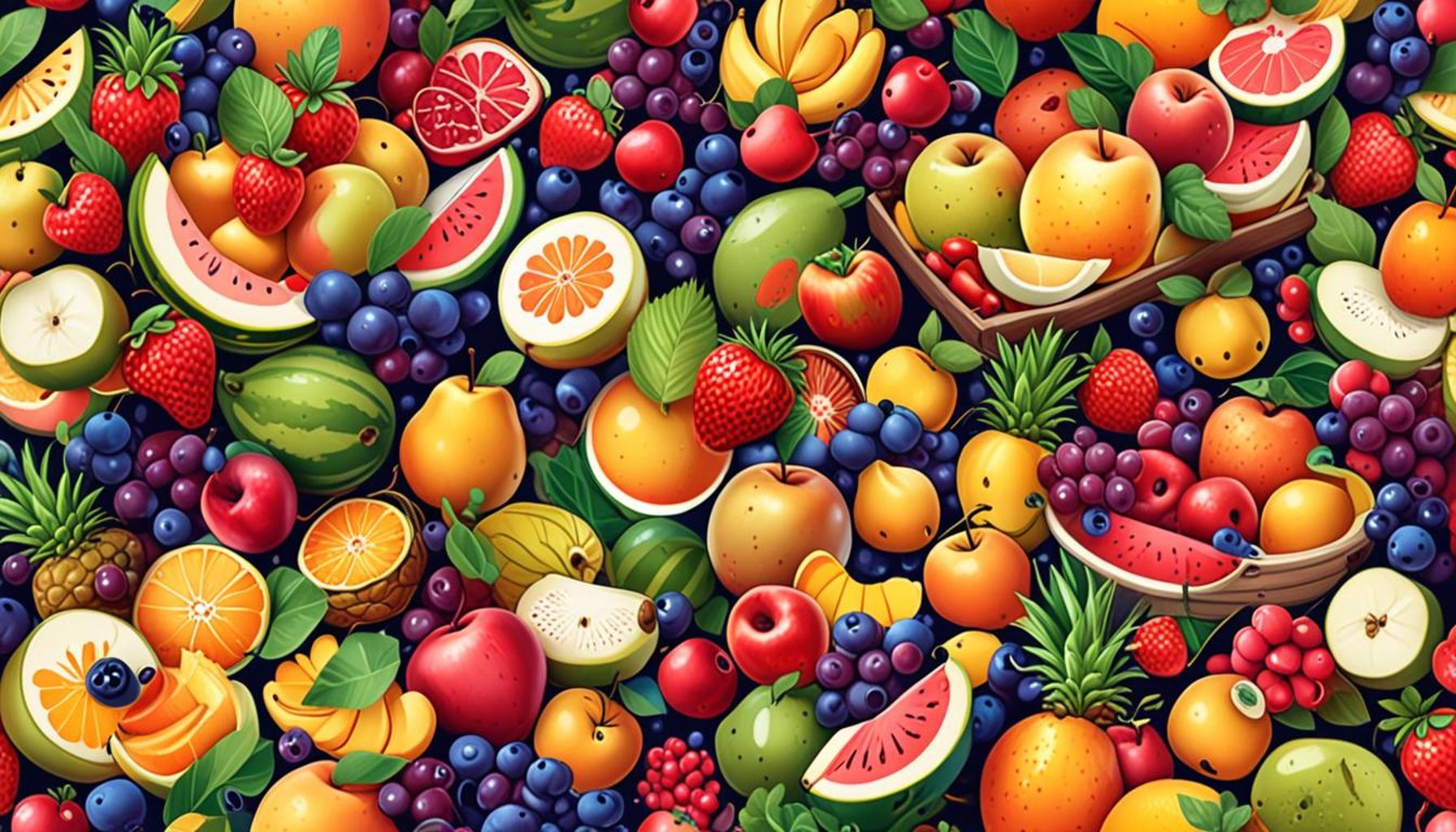
Understanding the Essentials of Fruit Storage
Harvesting fruits is just the beginning of a journey that ends on our plates. Effective storage and preservation techniques are crucial to maintain quality and extend shelf life. If done correctly, these practices can significantly enhance the flavor and nutritional value of fresh produce. The reality is that once fruits are picked, they are in a race against time, and how you manage this phase can make all the difference.
Once fruits are harvested, the clock starts ticking. For instance, bananas left at room temperature can turn brown within a few days, while apples, if stored properly, can last for weeks. Knowing how to handle and store them properly can determine whether they spoil quickly or last longer. Here’s what you need to consider:
- Temperature Control: Keeping fruits at the right temperature is essential to prevent decay. For most fruits, refrigeration slows down the ripening process. Apples, pears, and grapes thrive in cooler temperatures, whereas tropical fruits like pineapples and mangoes do better at room temperature until they are fully ripe.
- Humidity Levels: Managing moisture is critical to reduce the risk of mold and rot. Fruits such as strawberries and cherries require higher humidity, while others like bananas and avocados should be stored in a drier environment to avoid mold growth.
- Ethylene Gas: Understanding which fruits produce ethylene gas and how it affects ripening can help preserve your harvest. For example, ethylene-emitting fruits like avocados and tomatoes should be kept away from ethylene-sensitive foods such as broccoli and leafy greens to avoid premature spoilage.
The right methods can also enhance the lifespan of your harvest. Various techniques are available, ranging from simple refrigeration to advanced preservation methods. For example, you might consider:
- Canning: This method allows fruits like peaches and pears to be sealed in jars, effectively locking in freshness for long-term storage. Home canning can be both a rewarding and a practical approach to enjoying seasonal fruits year-round.
- Freezing: A quick and effective way to preserve fruits without losing their nutritional value. Freezing maintains the texture and flavor of berries and stone fruits, making them perfect for smoothies or baked goods later.
- Drying: Dehydration of fruits like apples and apricots not only creates delicious snacks but also reduces spoilage. Dried fruits can be stored for months, adding to their appeal for on-the-go snacking.
As consumers become more health-conscious, understanding storage and preservation techniques has never been more crucial. Properly stored fruits maintain their antioxidants and vitamins, contributing to a healthier diet. This article aims to guide you through essential tips and methods, ensuring that your fruits remain fresh, delectable, and nutritious long after harvesting. Whether you are a casual consumer or an avid home canner, these insights will empower you to make the most out of your fruit storage practices, paving the way for a delightful culinary experience.
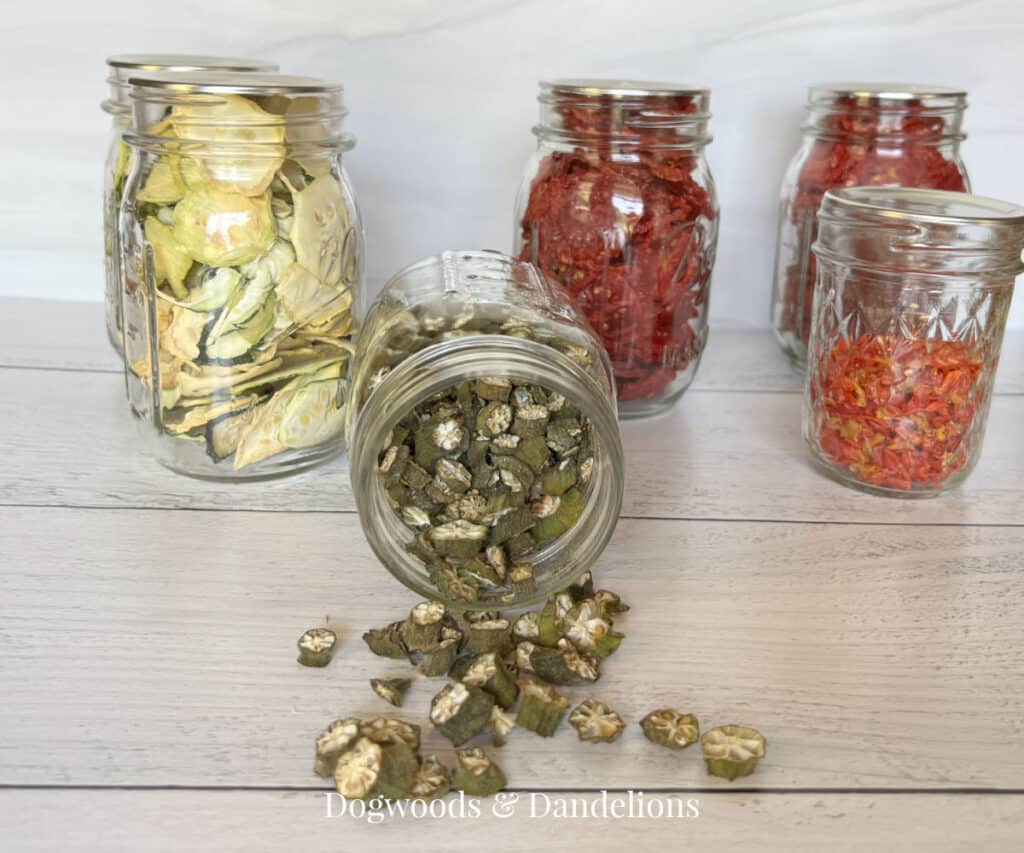
DON’T MISS: Click here to learn how to stay ahead of climate challenges
Optimal Conditions for Fruit Storage
After harvesting, fruits enter a vulnerable phase during which they require careful management to preserve their quality. Understanding the optimal conditions for fruit storage is paramount. Several key factors play a critical role in determining how long fruits will stay fresh and flavorful. By addressing these factors, you can significantly improve the longevity and taste of your favorite fruits.
- Type of Fruit: Different fruits have varying storage requirements. For example, citrus fruits like oranges and lemons can fare well at room temperature but should be refrigerated if kept for extended periods. Conversely, berries like strawberries and blueberries have a much shorter lifespan and should be consumed within a few days unless properly refrigerated.
- Storage Containers: The choice of container can impact moisture levels and airflow around your fruits. Using breathable containers, such as baskets or cloth bags, allows for adequate ventilation, reducing the risk of mold. Avoid plastic containers for perishable fruits as they trap moisture and can hasten spoilage.
- Maintaining Cleanliness: Proper hygiene practices are often overlooked but can be essential to fruit preservation. Always clean containers and surfaces that come into contact with fruits, as residue and bacteria can lead to quicker spoilage. Rinse fruits under cold water before storing, and dry them thoroughly to remove excess moisture.
Taking these factors into account is just the tip of the iceberg when it comes to effective fruit storage and preservation techniques. Here are some additional methods that can greatly enhance the longevity of your fruits:
- Pickling: This age-old process involves soaking fruits in vinegar or brine, providing a flavorful preservation method that can create delicious snacks and side dishes. Choose fruits that absorb flavors well, like cucumbers or peaches.
- Fermentation: Fermenting fruits like apples and grapes not only extends their usability but also introduces probiotics, which are beneficial for gut health. Products like apple cider or wine beautifully showcase how fermentation can add layers of flavor.
- Vacuum Sealing: This method involves removing air from packaging, which can prevent oxidation and spoilage. Vacuum-sealed fruits can last several months in the freezer, preserving their taste and vitamins effectively.
By applying these storage strategies tailored to the specific needs of various fruits, you can not only enjoy your harvest longer but also maximize the health benefits they offer. Note that the journey of fruits doesn’t simply end at harvesting; it transforms into an ongoing effort to optimize their freshness, flavor, and nutrition. Whether you’re indulging in a freshly picked apple or savoring the taste of a summer peach in the depths of winter, the correct storage methods ensure that you relish that delightful burst of flavor time and again.
| Category | Details |
|---|---|
| Proper Temperature Control | Maintaining optimal temperatures slows down ripening and decay, extending the shelf life of fruits. |
| Humidity Management | Controlling humidity levels prevents dehydration and maintains fruit freshness, allowing for better quality over time. |
In addition to temperature and humidity control, packaging techniques play a crucial role in fruit preservation. Utilizing materials such as breathable films can protect fruit from physical damage while allowing for gas exchange, which is essential in maintaining freshness. This method not only extends shelf life but also enhances the flavor profile of stored fruits. Moreover, understanding the specific needs of each type of fruit can significantly improve preservation outcomes. Different fruits have varying requirements regarding the ideal storage conditions. For instance, some may thrive in cooler environments while others may need slightly warmer conditions to maintain their flavorful attributes. The implementation of post-harvest treatments, such as ethylene management, can further assist in regulating ripeness and reducing spoilage. Farmers and suppliers who invest in modern storage technologies are often rewarded with reduced waste and increased profit margins, demonstrating the economic benefits of proper fruit storage practices.As we delve deeper into the intricate processes of fruit preservation, it’s evident that every step taken after harvesting contributes significantly to the end result – a fresher, more flavorful product ready for consumers. Understanding these processes not only enriches our knowledge but also encourages better practices in both home and commercial settings.
LEARN MORE: Click here for essential tips
Advanced Methods of Fruit Preservation
Beyond basic storage techniques, there are a variety of advanced methods for preserving fruits that can extend their shelf life and maintain their flavor and nutritional value. These techniques are particularly useful for those looking to stock up during peak harvest seasons or for culinary enthusiasts eager to explore diverse flavors.
- Dehydration: This method involves removing moisture from fruits, thereby inhibiting the growth of mold, yeast, and bacteria. Dehydrated fruits like apples, bananas, and apricots are not only lightweight and portable but also packed with nutrients. Home dehydrators have become increasingly popular, allowing you to control the drying process and create custom snacks. Interestingly, dehydrated fruits can maintain up to 95% of their original vitamins and minerals, making them an excellent option for healthy snacking.
- Jarring and Preserving with Syrup: Jarring fruit with sugar syrup can significantly enhance flavor and prolong shelf life. This technique often involves cooking fruits with sugar and water and sealing them in airtight jars. While strawberry and peach preserves are traditional choices, experimenting with combinations like rhubarb-strawberry can lead to delightful discoveries. The key is to ensure jars are sterilized to prevent contamination, allowing your creations to last for months.
- Freezing: Another effective method for fruit preservation is freezing. Most berries, stone fruits, and even bananas can be frozen to halt spoilage. When freezing, it’s essential to wash and thoroughly dry the fruits, then spread them on a baking sheet to prevent clumping before transferring them to airtight containers. Freezing fruits at their peak ripeness optimizes flavor and nutrition, and frozen fruits can be used in smoothies, baked goods, or even savory dishes.
- Natural Fermentation: Harnessing the power of beneficial bacteria through natural fermentation can be an intriguing way to preserve fruits. Fruits like mangoes or grapes can be fermented into tangy chutneys or alcoholic beverages. This process not only conserves the fruits but also adds layers of complex flavors while improving gut health due to the presence of probiotics.
When it comes to fruit preservation, the process is not just about prolonging longevity; it’s about enhancing flavor and health benefits. Techniques such as jarring and fermentation have deep cultural roots in American culinary traditions, reflecting a rich history of resourcefulness. Foods like pickled peaches or fermented grape juice provide a glimpse into how communities have uniquely adapted these methods for generations.
Moreover, the integration of these practices aligns well with the growing interest in sustainability and reducing food waste. By preserving seasonal fruits, consumers not only enjoy the tastes of summer and fall year-round but also contribute to a more sustainable food system. Learning about these methods may inspire you to explore local produce, enabling you to forge a closer connection with the food you consume while minimizing your environmental footprint.
Incorporating advanced preservation methods into your fruit storage routine opens the door to a world of culinary creativity and nutrition. Whether you’re an avid gardener, a local farmer’s market enthusiast, or simply someone looking to make the most of seasonal produce, understanding these techniques will empower you to better manage your fruits and enjoy a vibrant, healthful diet all year long.
DISCOVER MORE: Click here to uncover the techniques and benefits of rainwater irrigation
Conclusion
In summary, understanding the storage and preservation of fruits is essential for anyone looking to make the most of their harvest and reduce food waste. The variety of methods available—from traditional techniques like canning and jarring to modern practices such as freezing and dehydration—offers both flexibility and creativity in how we enjoy fruits throughout the year. Implementing these techniques not only ensures that fruit retains its flavor and nutritional quality but also helps celebrate seasonal varieties.
Whether you choose to dry your favorite apples for a healthy snack or create gourmet jams from the season’s best berries, each method has its own benefits and unique applications. These preservation strategies not only extend the lifespan of fruits but also contribute to a more sustainable food system by allowing us to appreciate local produce even during off-seasons. With growing awareness and interest in food sustainability, exploring and mastering these techniques is more than a culinary exploration; it’s a commitment to a mindful approach to our consumption and waste.
As you delve into the world of fruit preservation, consider the flavors and nutritional benefits you can unlock with each technique. From enhancing your meals to reducing your environmental footprint, the knowledge of storing and preserving fruits is a valuable skill that enriches both your culinary repertoire and your connection to the food you enjoy. Embrace the seasonality of fruits, and let these preservation methods guide you towards a healthier and more delicious future.
